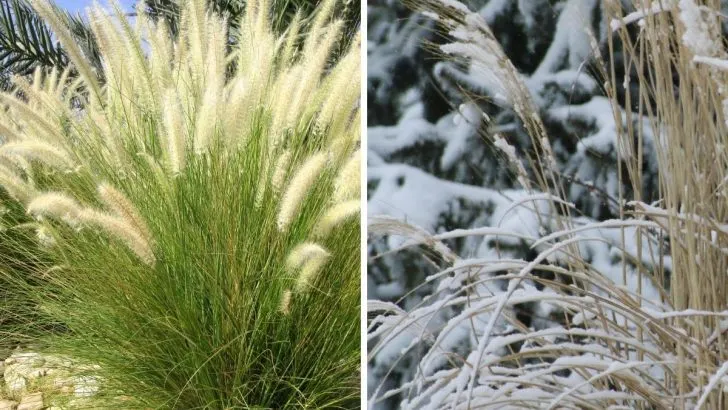As autumn paints the world in hues of gold and crimson, gardeners face the annual conundrum: What should you do with those ornamental grasses gracefully swaying in the breeze?
Fall is a season of decisions for garden enthusiasts; the air is filled with the spicy scent of pumpkin and apple cider, but more puzzling still is whether to trim or not to trim.
Perhaps you’re also contemplating the cryptic art of dividing your grasses—should it be done now or postponed until spring’s gentle call? Rest assured, you’re not alone in this leafy debate.
Ornamental grasses have become a cherished staple in landscapes everywhere for their beauty and resilience. They’re the kind of low-maintenance plants that don’t demand a compass to navigate through their care.
Before you rush out with shears in hand, let’s get into the nitty-gritty of maintaining these verdant wonders. Ornamental grasses are the quintessential perennials, boasting drought tolerance, resistance to pests, and even a superpower—being deer’s least favorite snack!
While these plants are indeed robust, they do appreciate a little grooming and occasional division to maintain their vigor. But here’s where things get juicy: following the right timeline makes all the difference.
The Great Debate: When Should You Trim Ornamental Grasses?
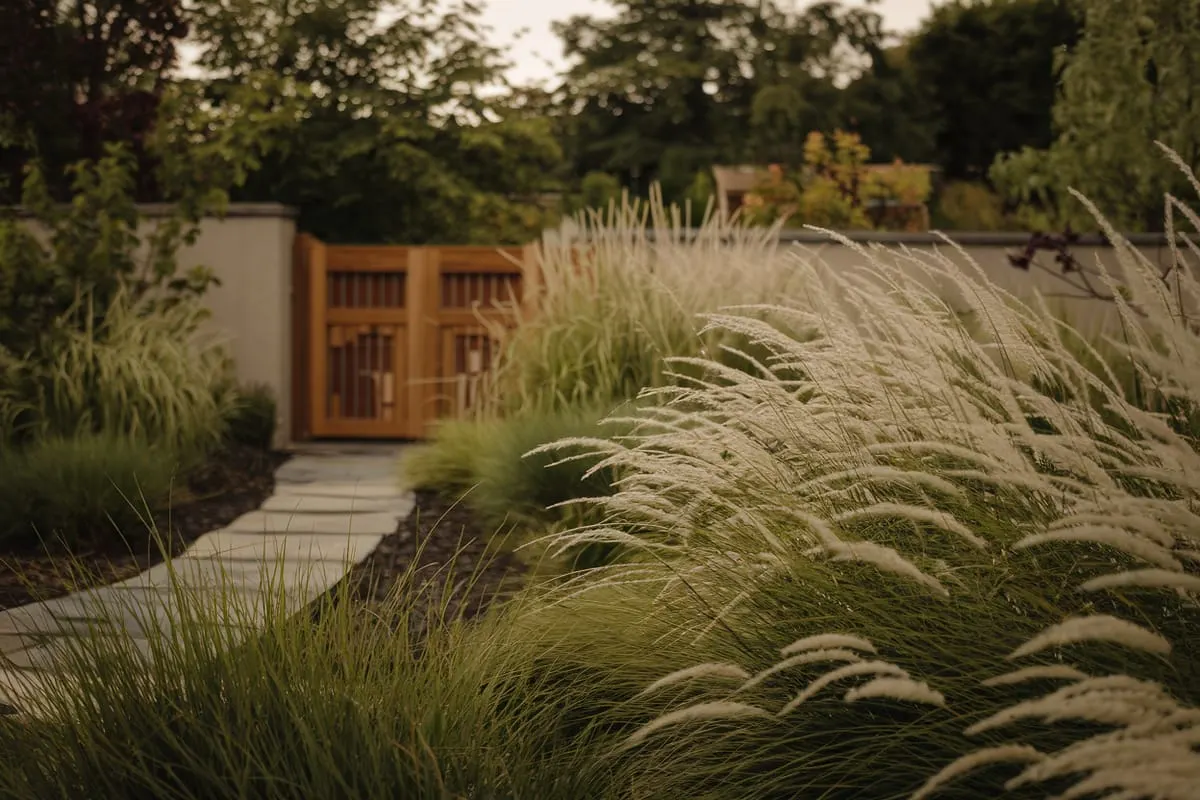
Considering a stylish haircut for your grasses? When you decide to pick up those pruning shears is a matter largely of personal preference, as ornamental grasses are nothing if not flexible.
Feel free to clip them in early fall, late fall, or even wait until spring. The fact is, these grasses are tough cookies, with roots that laugh in the face of winter weather.
Ultimately, deciding when to trim boils down to the aesthetic role you envision for your grasses during the winter months. Some gardeners adore the sight of tufts waving proudly against the wintry backdrop, turning a snow-covered yard into a scene straight out of a storybook.
Others might lean towards a more orderly look, keeping the garden trim to prevent stray seeds and stems from blowing around. The clump-style roots won’t be fazed by either choice, leaving you free to create your own garden tale.
Whether you let them stand or cut them back, ornamental grasses are likely to keep strutting their stuff through the chillier months. It’s a choice that hinges on your winter garden aspirations—will you go for windswept romance or crisp tidiness?
Pros of Letting Your Grasses Stand Tall
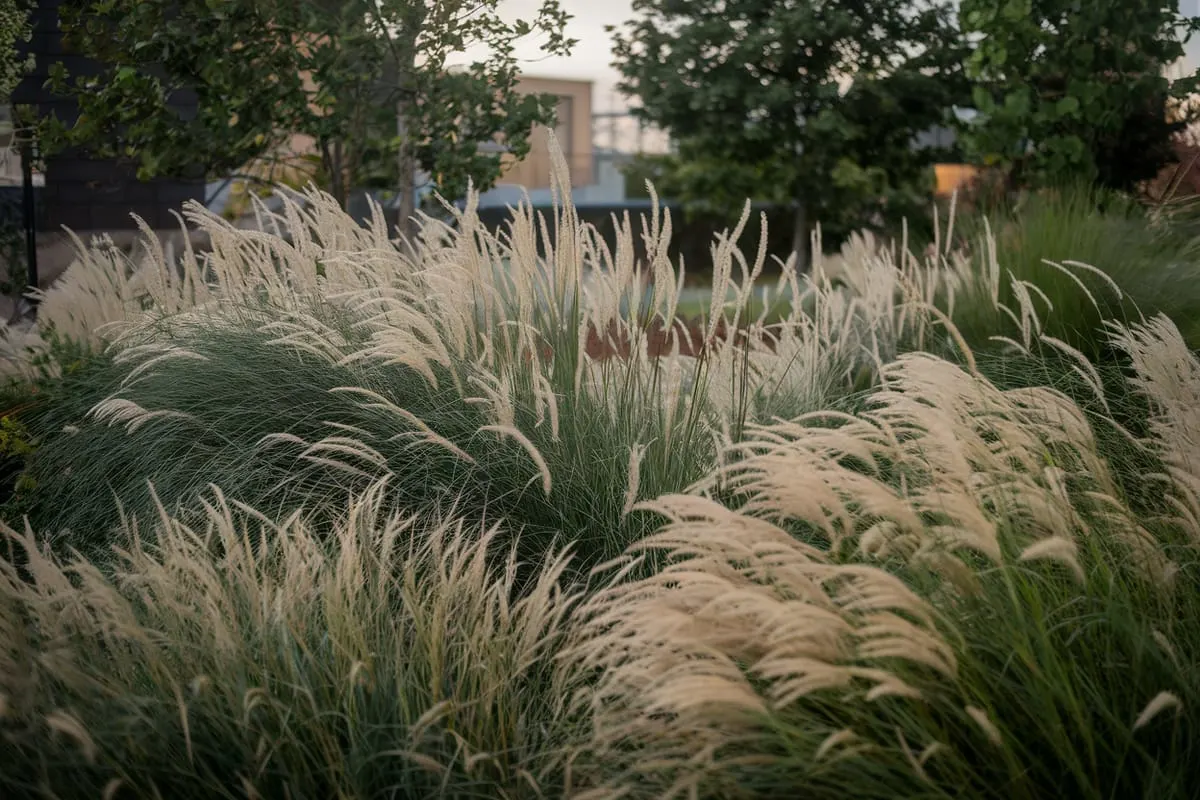
By leaving your grasses untouched through the colder months, you’re setting the stage for a delightful winter spectacle. Mid to late fall is when they shine brightest, sporting plumes that add a touch of elegance to any landscape.
Beyond their visual appeal, these grasses become a haven for birds and small wildlife, offering both food and shelter when other resources are scarce. Picture the charm of a snow-dusted garden alive with the bouncing of birds and swaying grasses—it’s like your own winter wonderland!
Moreover, leaving the grasses whole offers a natural touch to your garden’s winter aesthetic, catching the snow and glistening under the frosty sunlight. It’s not just about looks; those towering tufts bring biodiversity to your backyard, supporting the local ecosystem in subtle yet significant ways.
For many, allowing grasses to sway through winter is less about aesthetics and more about embracing nature’s rhythms, celebrating the beauty in each season’s unique offerings. Witnessing wildlife interacting with these natural structures can inject a sense of peace and fulfillment into the frosty months.
Cons of Leaving Grasses Up Through Winter
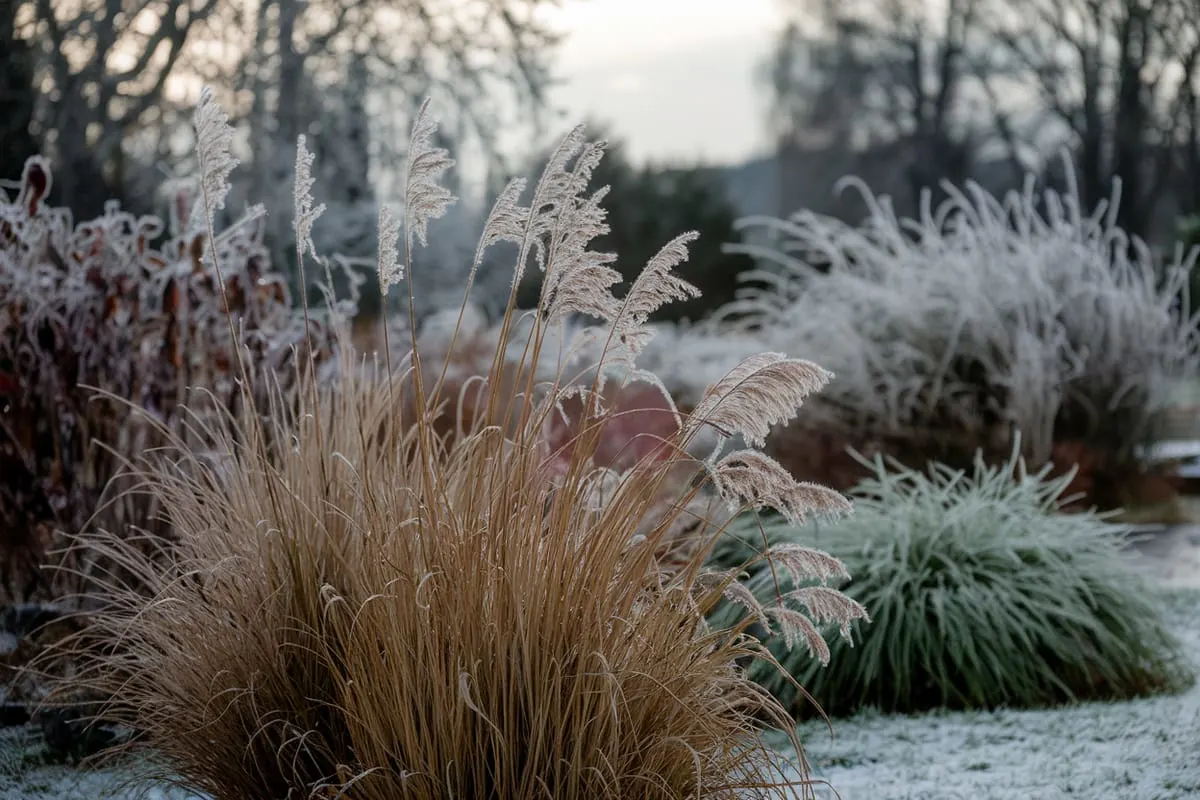
On the flip side, the decision to let grasses remain uncut might come with a few drawbacks. Some of these graceful clumps have a tendency to scatter their seeds like a dog that sheds fur. If they’re positioned near manicured beds or neighborly borders, you might face an unsympathetic spring clean-up job to manage the debris.
Dealing with seed dispersal can also mean extra work in ensuring your garden doesn’t unintentionally populate areas where you’d prefer a tidier look. For those who enjoy a clean slate come spring, cutting back in fall can be the perfect solution to avoid these minor hassles.
Choosing to trim before winter can make maintenance easier in the spring, saving you from chasing wayward blades and seeds that stubbornly cling to unwelcome corners of your garden. It’s a proactive measure to uphold order while still respecting the natural cycle of your green companions.
The Art of Dividing: Timing and Techniques

Now, onto the delightful dance of division—not the arithmetic type, but rather the kind that ensures your garden remains a lush and thriving sanctuary.
Splitting grass clumps every three to five years can rejuvenate them, keeping them full and lovely. Neglecting this task might lead to bald patches in the clump’s center, as growth moves outward, leaving an unsightly gap.
While many gardeners prefer dividing perennials in the fall, ornamental grasses have a unique rhythm. Attempting to divide them as winter draws near is akin to planning a beach picnic in a blizzard—it’s just not their scene! Grasses need time to re-establish and grow roots before the ground freezes, making spring the ideal season for this task.
When new shoots begin to emerge, that’s the green light! Gather your garden tools and confidently split those clumps, ensuring they have the best start for another cycle of growth and splendor. This timing allows them to anchor in the warming soil, preparing them for another robust season.
Pruning Tips and Tricks for Ornaments
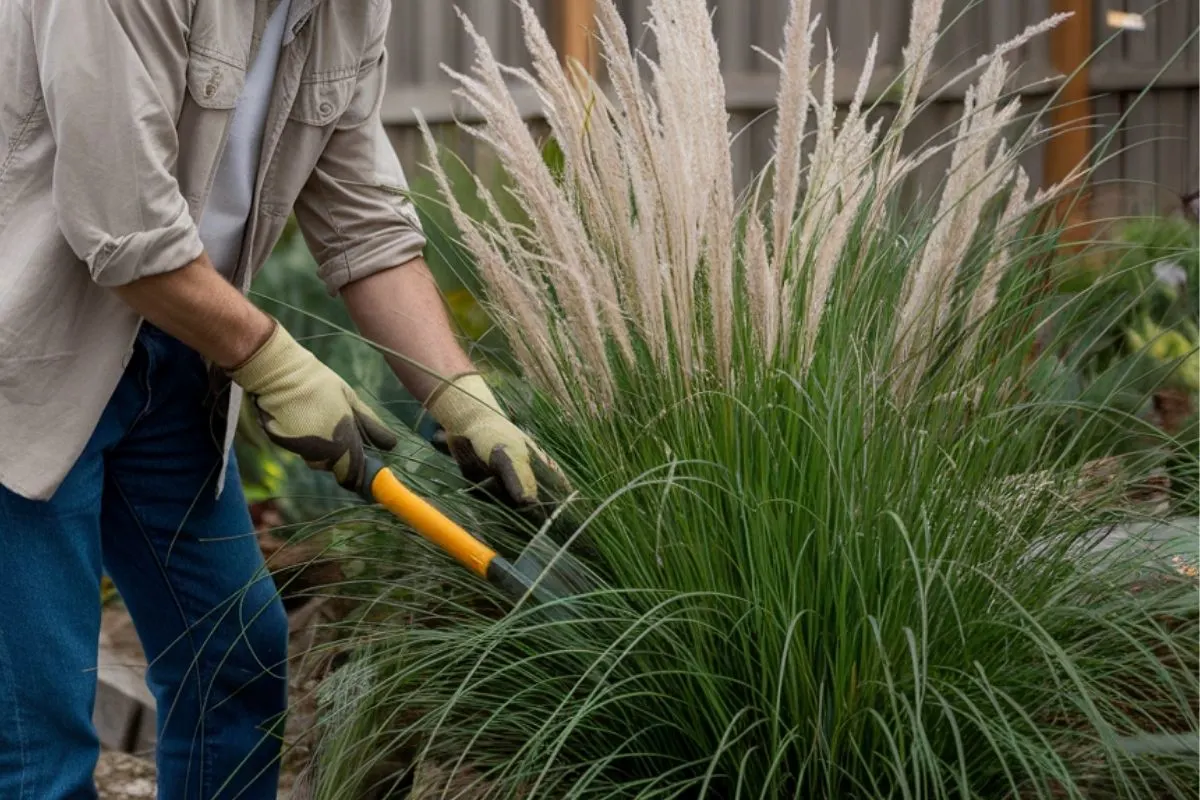
If you’ve decided to trim those grasses, choosing the right tools makes all the difference. Opt for electric hedge trimmers instead of manual shears—it’s like bringing a jet ski to a paddleboat race! Begin by removing top-heavy seeding heads to prevent them from harassing your compost heap with their stubborn stems.
Trim the remaining foliage down to a few inches. This leftover foliage transforms into gardener’s gold when shredded and added to your compost pile. Each cut becomes a small gift to your garden’s future, enhancing soil health as it breaks down.
In summary, tending to ornamental grasses is both an art and a joy, whether you opt for pruning, dividing, or simply watching them thrive through the seasons. Here’s to vibrant gardens and the evergreen spirit of gardening! Enjoy nurturing your living landscapes, one snip at a time.

